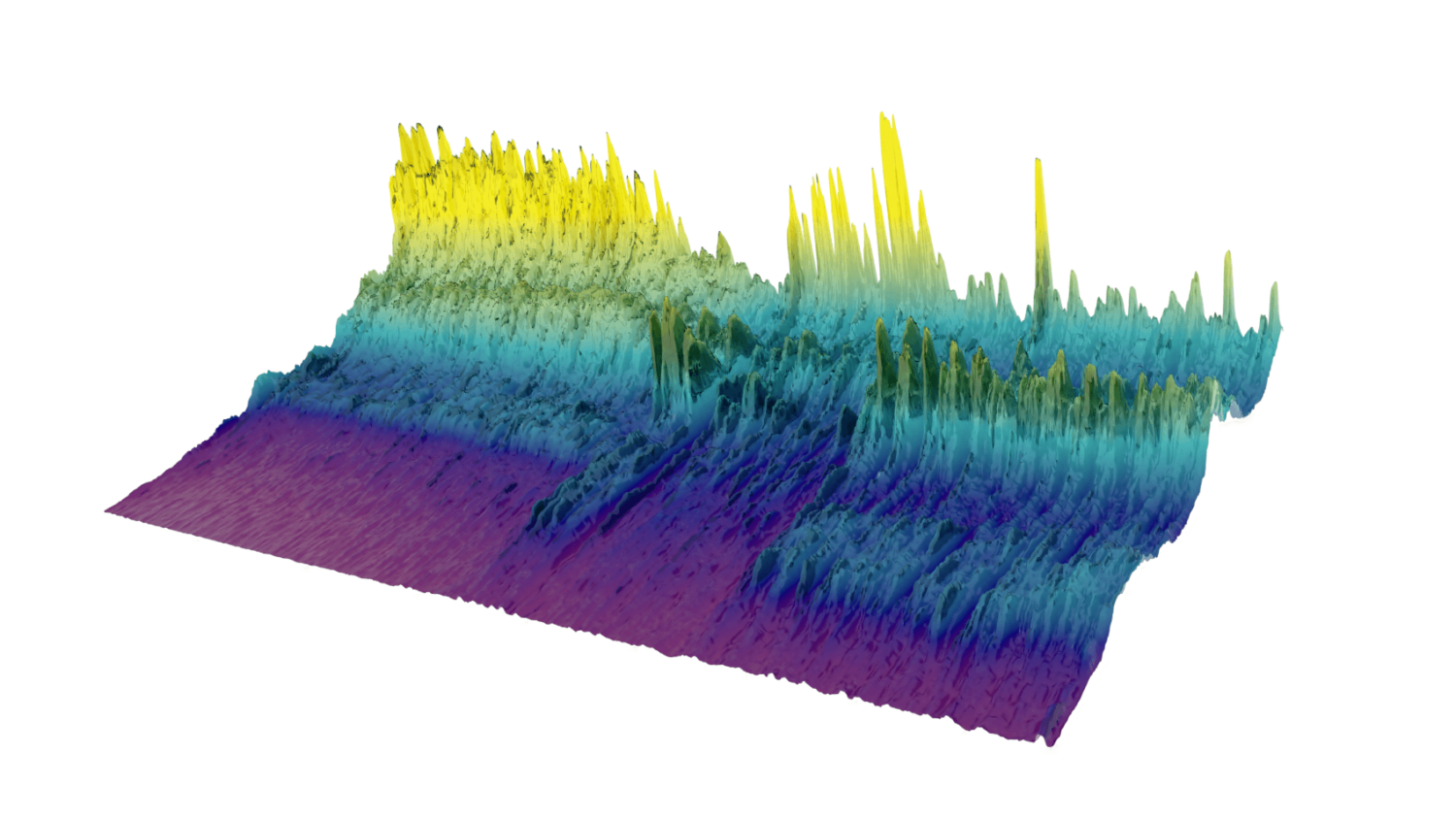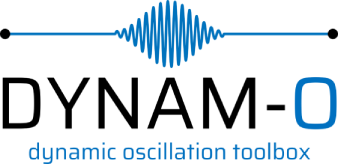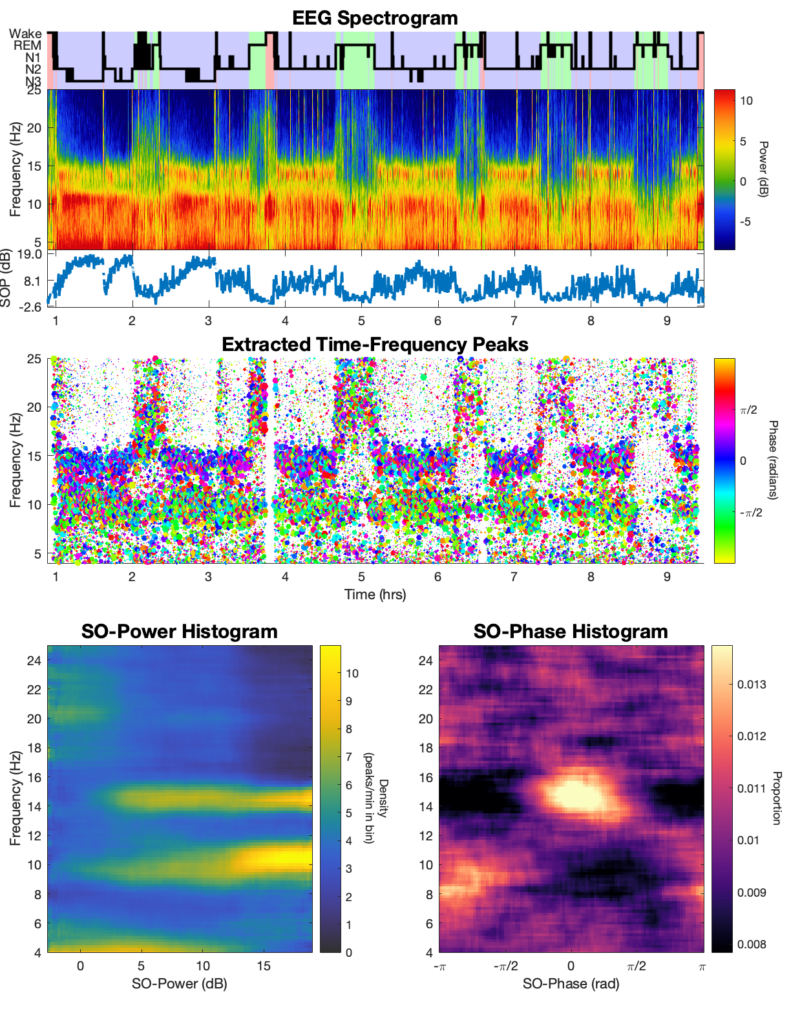Our laboratory focuses on understanding the relationship between brain dynamics during sleep and neurological dysfunction, with a goal of biomarker discovery for diagnosing and treating neurological, psychiatric, and sleep disorders. Our lab also explores neurodiversity, revealing how brain activity patterns are highly specific to individuals, resembling fingerprints, contributing to a deeper understanding of individual differences in brain function. Through cutting-edge quantitative analyses and experiments, we aim to advance our understanding of brain health and disease, striving towards improved diagnostics and treatments.
News and Recent Work
Prerau Lab’s Sleep “EEG Fingerprints” Featured in Discover Magazine
An article in Discover Magazine featured Prerau Lab’s research using transient oscillations to create highly-individualized EEG signatures to identify novel EEG biomarkers of schizophrenia. This article highlights efforts by our lab as well as others to seek out new ways of understanding neurodiversity in healthy individuals as well as to identify the neurophysiological hallmarks of diseas.
Read the article here: “How Your Brain’s “Fingerprints” Could Diagnose Disease”
DYNAM-O: The Dynamic Oscillation Toolbox for Matlab and Python
We are excited to release DYNAM-O, an open source toolbox for the analysis of transient oscillation (spindle-like) dynamics. The DYNAM-O toolbox can be used to identify in the time-frequency topography of time-frequency peaks (TF-peaks) in the EEG, then create visualizations of TF-peak activity across continua of sleep-depth and cortical up/down state timing.
Transient Oscillation Dynamics
We have developed a new approach to creating individualized electroencephalogram (EEG) fingerprints of brain activity during sleep, which can be used to identify biomarkers of neurological health and disease. We first identify tens of thousands of short, spindle-like EEG waveforms called time-frequency peaks (TF-peaks) across a night of sleep. Then, we create visual summaries of brain state by characterizing the activity of TF-peaks as a function of sleep depth and also cortical timing, called SO-power and SO-phase histograms. These summaries, like fingerprints, appear to be unique to individuals yet consistent night to night, providing a highly informative new visualization technique and powerful basis for understanding neurological health and disease.
Sleep Apnea Dynamics: Instantaneous AHI
Obstructive sleep apnea (OSA) affects at least 10% of the population and is associated with numerous comorbidities. While OSA is a complex dynamic process, the main metric for diagnosing OSA, the apnea-hypopnea index (AHI), reduces everything down to a single number. It is not surprising that the AHI has been shown to be a poor predictor of outcome. To address this issue, we have developed a new approach, which computes an “instantaneous AHI”, which computes the moment-to-moment probability of a respiratory event as a function of changes in body position, sleep stage, and previous respiratory event activity. This model acts as a highly individualized respiratory signature, which can accurately predict the precise timing of future events and show robust differences in populations. We have developed an open source toolbox and a tutorial.




